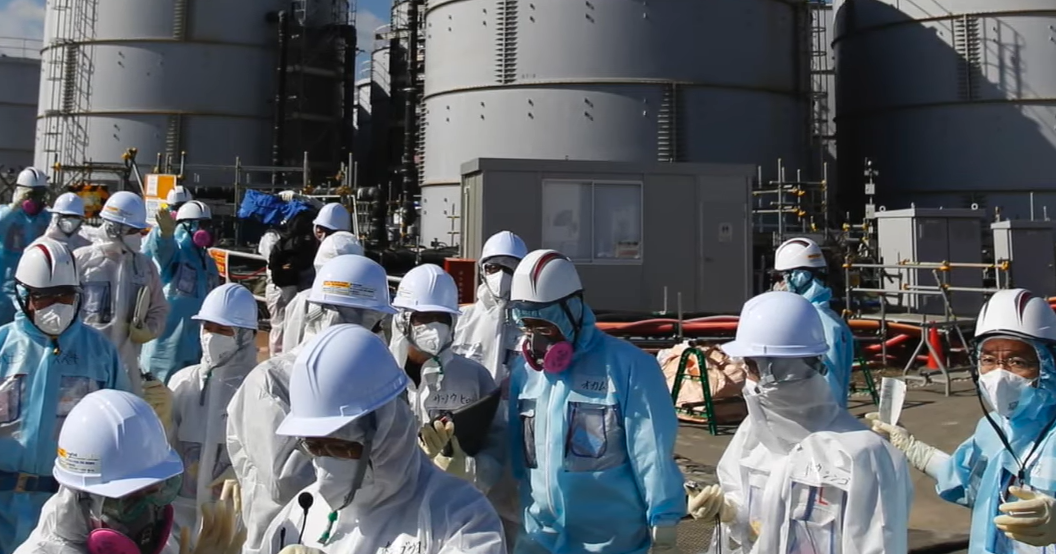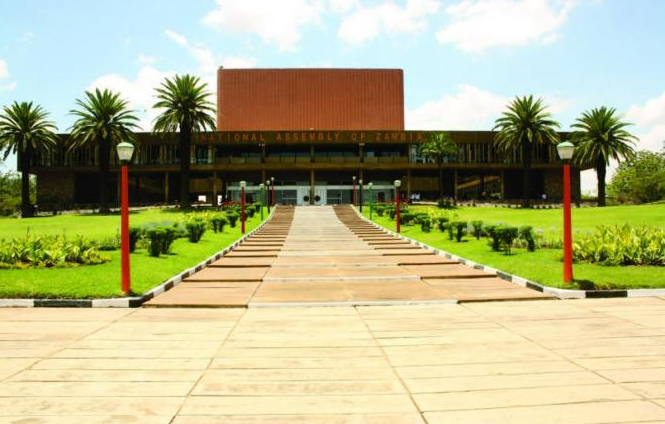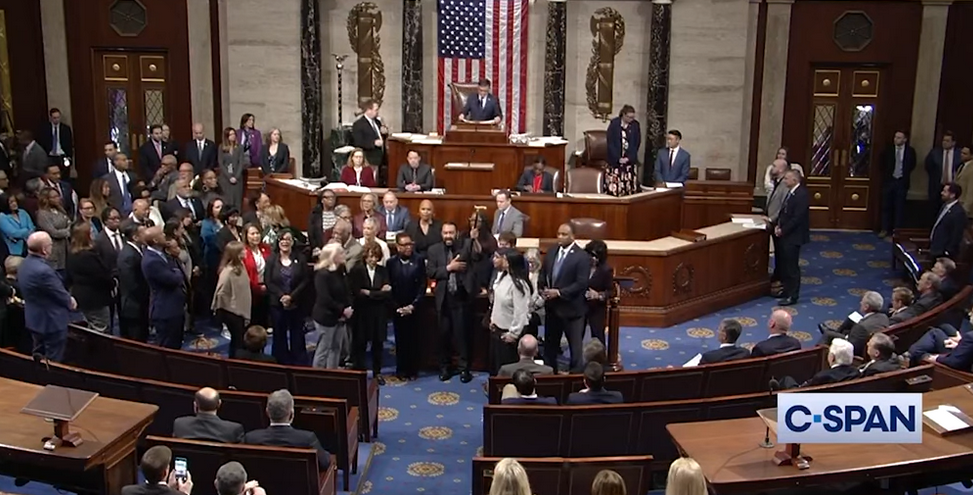Photos: YouTube Screenshots
Japan is set to start pumping billions of gallons of radioactive waste into the Pacific Ocean this week from Tokyo Electric Power Co.’s (Tepco’s) devastated triple reactor meltdown site at Fukushima.
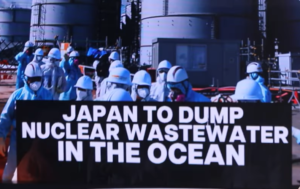
This deliberate contamination of the public commons is a license to kill, a criminally reckless endangerment of sea life and the food web. Yet the 1992 ban on ocean dumping of radioactive waste applies only to barrels thrown from ships, not liquids sent into the sea through pipes. Further, the Law of the Sea allows victims to bring legal action only after an alleged harm has occurred, and then puts the burden of proof on victims to show that their illness(es) were caused by a particular radioactive poison.
The nuclear industry and its government protectors run this game of radioactive waste dispersal using bailouts, bribes, and the lengthy “latency period” — the time between one’s radioactive contamination and the appearance of cancer, heart disease, etc. — which produces radiation victims years or decades after the “Fuku sushi” they ate. The nuclear industry has always depended on the fact that its chance of losing a radiation damage lawsuit is somewhere between a slim one and a fat one.
The catastrophic Fukushima earthquake-tsunami-meltdown-cubed has forced Tepco’s overseers of the three ferociously radioactive masses of melted uranium/plutonium fuel, or “corium,” to continuously pour cold water on to the unapproachable wreckage. Combined with rivers of groundwater that gushes through quake-smashed cracks in reactor foundation, the water becomes poisoned with radioactive uranium, cobalt, strontium, cesium, plutonium, and more. The failed Advanced Liquid Processing System (ALPS) has not removed these or other deadly isotopes from the wastewater now stored onshore in giant tanks. The New York Times reported Aug. 21 that, “According to Tepco’s website, just 30 percent of the approximately 473,000 tons of water in the tanks have been fully treated to the point that only tritium remains.”
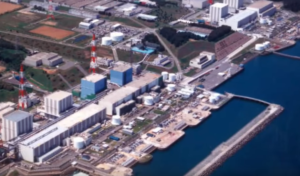
Spewing radioactivity is standard industry practice
It’s no surprise that reactor-friendly governments and the International Atomic Energy Agency (whose mission is to promote nuclear reactor proliferation and to lie about radiation risks), have given Japan’s oceanic pollution scheme their seal of approval. All of them have repeatedly declared that dumping radioactive wastes into public water bodies is ordinary industrial practice and legal around the world. With straight faces, the authorities chant in unison that reactor operations contaminate the environment with radioactive liquids all day, every day, and this is somehow intended to demonstrate that such contamination is natural and danger “negligible.”
At La Hague, France and at Sellafield, England, giant reactor waste complexes process waste fuel rods, producing billions of gallons of highly radioactive liquids, and for decades the carcinogenic offal has been pumped directly into the North Sea (by France) and the Irish Sea (by England). Dr. Chris Busby, scientific secretary of the European Committee on Radiation Risk which studied internal radiation contamination, has found cancer clusters among children along the Irish seacoast — likely caused by internal exposure to Sellafield’s radioactive emissions.
Scientists, ecologists, medical authorities, environmentalists, historians, and oceanographers have repeatedly pointed out that there are practical alternatives to the dumping, and that nothing positive can result from adding radioactive pollution to the environment and the food web. The British Medical Journal only last week published the latest in a long series of studies that have found again and again that exposure to low levels of radiation is more harmful than scientists previously thought.
The Japanese government and Tepco hope that their global dispersal of reactor disaster waste will save the industry enough money that it can stay afloat against the astronomical costs of post-Fukushima liability and disaster response. But like the plague of mass shootings in the United States, this start of Japan’s globalized pollution solution raises the chaos and deadliness of reactor operations to new heights, while the authorities claim from their bribery zones that nothing can be done about either assault rifles or nuclear reactors.

John LaForge, syndicated by PeaceVoice, is Co-director of Nukewatch, a peace and environmental justice group in Wisconsin, and is co-editor with Arianne Peterson of Nuclear Heartland, Revised: A Guide to the 450 Land-Based Missiles of the United States.

